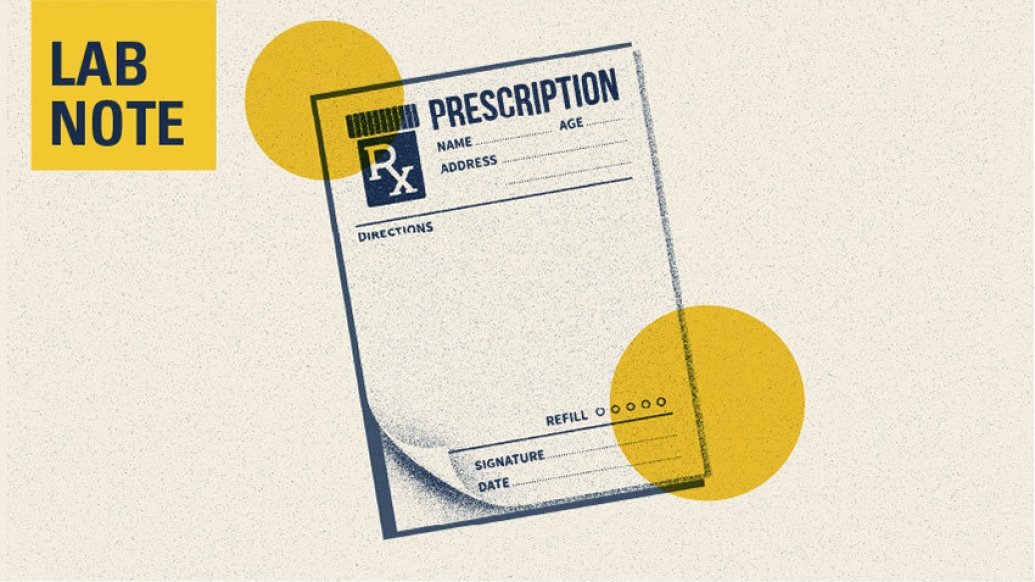Hundreds of thousands of surgical and dental opioid prescriptions are filled a month or more after writing, but one state’s law helped reduce this “delayed dispensing”.
11:13 AM
Author |

Most people who get a prescription for opioid painkillers to ease the pain of an operation or dental procedure fill it right away. But a study shows that some fill these prescriptions more than a month later – long after the acute pain from their care should have subsided.
In 2019, 1% of opioid prescriptions from dentists and surgeons were filled more than 30 days after writing, according to the study in JAMA Network Open by a team from the University of Michigan. While low, that percentage would translate to more than 260,000 opioid prescriptions per year if it generalized to all surgical and opioid prescriptions in the United States.
"Our findings suggest that some patients use opioids from surgeons and dentists for a reason or during a time frame other than intended by the prescriber," said lead author Kao-Ping Chua, M.D., Ph.D, a U-M pediatrician and member of the Susan B. Meister Child Health Evaluation and Research (CHEAR) Center and the U-M Institute for Healthcare Policy and Innovation. "These are both forms of prescription opioid misuse, which in turn is a strong risk factor for opioid overdose."
The study authors note that state and federal laws regulating the expiration periods for controlled substance prescriptions may be partly to blame.
In 2019, 18 states allowed prescriptions for Schedule II opioids and other controlled substances – those with the highest risk of being diverted for misuse – to be filled up to 6 months after writing. Another eight states allowed these drugs to be dispensed up to 1 year after the prescription.
"It's perplexing that states would allow controlled substance prescriptions to be filled so long after they are written," said Chua. He notes that tightening state laws could be a straightforward way to prevent or reduce misuse associated with delayed dispensing of opioids.
As evidence, the study examined the effects of a law in Minnesota, which in July 2019 prohibited opioid dispensing more than 30 days after writing. After implementation, delayed dispensing dropped rapidly compared to other states.
The authors note that an across-the-board rule limiting the time window for filling opioid prescriptions might inadvertently harm patients who take the drugs for chronic pain. Instead, they say, policymakers could implement laws that limit this time window only when opioids are written for acute pain.
The authors also note that prescribers can reduce delayed dispensing by including instructions on the prescription not to dispense opioids after a certain time frame.
In addition to Chua, the study's authors include Romesh Nalliah from the U-M School of Dentistry, Michael Smith from the U-M School of Pharmacy, research assistant Shreya Bahl, and Jennifer Waljee and Chad Brummett, both of whom are co-directors of the Michigan Opioid Prescribing and Engagement Network.
OPEN, as it's known, offers evidence-based opioid prescribing guidelines and educational materials for opioids for acute pain, and works to increase safe disposal options.
Paper cited: "Estimation of the Prevalence of Delayed Dispensing Among Opioid Prescriptions From US Surgeons and Dentists," JAMA Netw Open. DOI: 10.1001/jamanetworkopen.2022.14311

Explore a variety of healthcare news & stories by visiting the Health Lab home page for more articles.

Department of Communication at Michigan Medicine
Want top health & research news weekly? Sign up for Health Lab’s newsletters today!





